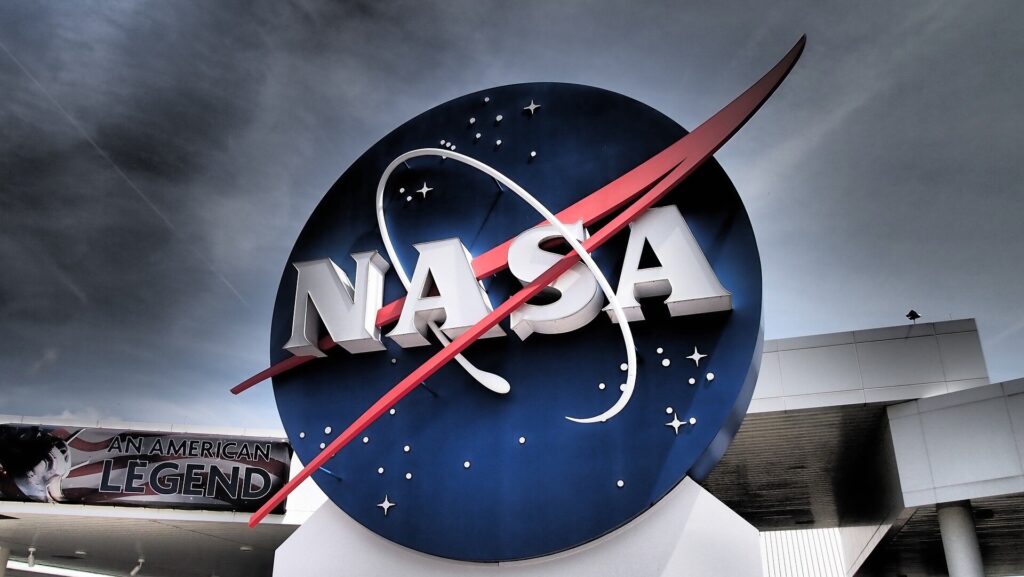
Humanity’s drive to explore the cosmos has led us to traverse the solar system, with astronauts, landers, and rovers exploring various planetary surfaces. These environments are notoriously hostile to both human life and equipment, necessitating meticulous planning, testing, and technological innovation for successful missions. But how do scientists prepare for the human aspects of space exploration without leaving Earth?
The answer lies in the use of simulations, or “analogs,” which replicate elements of real space missions using Earth-based environments. These analog missions are conducted in extreme conditions that mimic those found on the moon or Mars, often within specially designed habitats. Researchers use these settings to study crew performance, test new instruments, and train astronauts for future missions.
Simulating Space on Earth
Operating tools like drills or wrenches may seem straightforward on Earth, but the task becomes significantly more challenging when performed in thick gloves and a pressurized space suit under low gravity. Testing these scenarios on Earth allows researchers to identify necessary modifications before launch. Additionally, analogs serve as training grounds for crew members who will eventually undertake actual space missions.
As a planetary scientist, I study planetary geology and participate in analog missions as an “analog astronaut.” These missions vary in setting, duration, and intensity, but all aim to enhance our understanding of the human factors involved in space exploration. My role often involves applying research findings from studying the surfaces of the moon and Mars.
Where Are These Missions Conducted?
Analog missions are designed to simulate the crew’s experience during a mission. Some simulate surface operations on the moon or Mars for extended periods, while others replicate the experience of traveling to Mars, complete with a simulated landing and exploration phase. NASA operates several analog facilities worldwide, such as the Mars Desert Research Station in Utah and the Aquarius undersea research station off the coast of Florida.
Natural environments like volcanic terrains, human-made craters, and the natural meteor crater in Arizona are commonly used for analog operations. These locations mirror the geologic settings crews are likely to encounter on future missions, providing valuable training opportunities. I participated in a 28-day simulated lunar surface mission at the Hi-SEAS facility on Mauna Loa, Hawaii, to study crew dynamics and psychology in extreme isolation.
Inside an Analog Mission
Most analog missions require participants to hold relevant degrees and undergo physical and psychiatric evaluations. The ideal crew comprises individuals who can work and live well with others and remain calm under stress. Crews typically include at least one medically trained member, along with scientists and engineers to manage the habitat’s life support systems.
The experiences of each crew vary depending on the mission design, location, and crew composition. During my mission, we were not informed about our crewmates until we arrived in Hawaii for training. My geology expertise and medical training as a Wilderness First Responder were crucial in assisting with any medical issues that arose.
Daily Life in Isolation
Upon arrival in Hawaii, the crew spent three days learning to operate the habitat systems, including the hydroponic garden and solar panels. We practiced emergency procedures and were taught various tasks. After orientation, we were deployed to the habitat for 28 days, relinquishing our phones to mission control and limiting internet access to essential websites.
Our days were structured with tasks from 6:30 a.m. to 10 p.m., including individual IQ tests and group computer-based tasks like 3D Tetris. Researchers monitored our interactions and used performance data to estimate stress levels, group cohesion, and individual well-being. We also conducted geologic investigations during two-to-three-hour excursions outside the habitat, fully suited in mock spacesuits.
Food was limited to freeze-dried and powdered options, supplemented by what we grew in the hydroponic system. Water was rationed, necessitating innovative personal hygiene solutions like bucket showers and “wilderness wipe” baths. Despite these challenges, we found ways to bond, such as baking a cake for a crew member’s birthday using limited ingredients.
The Impact of Analog Missions
Analog missions provide invaluable insights into the human factors of space exploration. They allow researchers to test and refine procedures, train astronauts, and study crew dynamics in isolated environments. These missions are essential for preparing for the challenges of future space travel, offering a cost-effective way to simulate space conditions on Earth.
As we continue to push the boundaries of space exploration, analog missions will play a crucial role in ensuring the safety and success of human endeavors beyond our planet. Each mission, no matter how small, contributes to our understanding of space and our ability to explore it safely and effectively.





